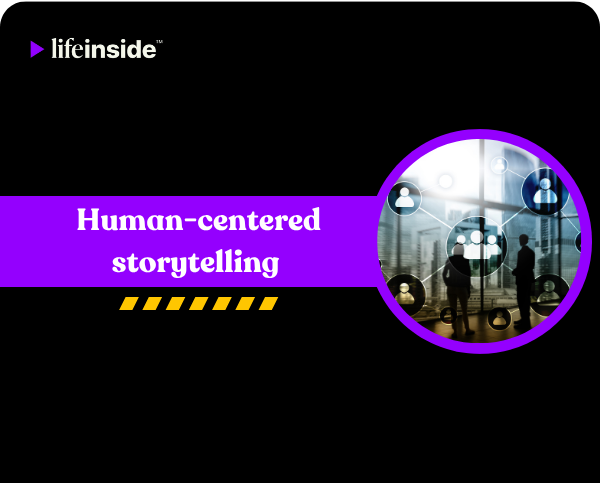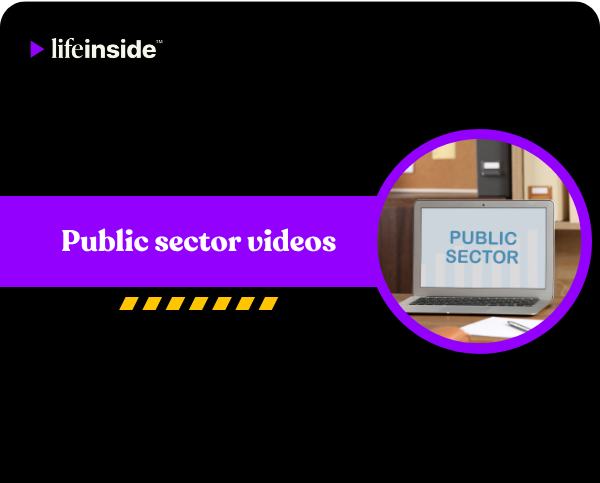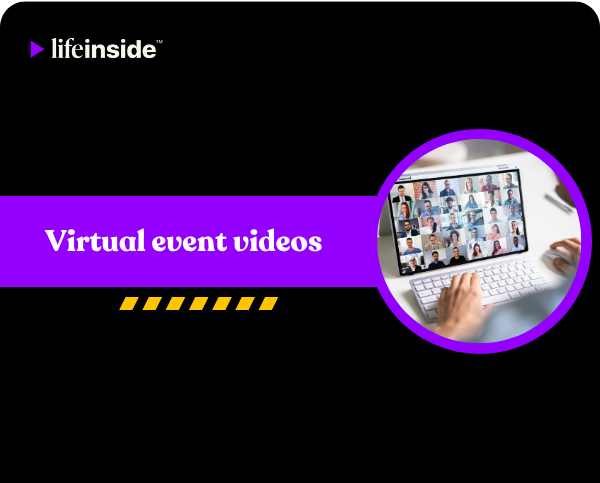Real people like employees, clients, fans, or community members are at the core of brand videos thanks to human-centered storytelling, which offers emotional resonance and authenticity that goes well beyond planned or animated advertisements. This method uses unscripted narratives from field interviews, webcams, or mobile devices to create interactive journeys where viewers can select whose experience to delve into.
Businesses can compile a patchwork of real human stories and then display them in branching forms that let viewers choose which path to take, explore different viewpoints, or pose questions right in the video. Fans can see how other supporters respond to club successes, customers can hear real customer testimonies about using a product, and candidates can watch actual team members explain a day in the life of the company.
By fostering immediate relatability and trust, this authenticity lowers barriers between stakeholders and brands. Because viewers identify with the stories, they are more inclined to react emotionally and take action, and human-centered stories perform better than scripted ones in terms of engagement and conversion metrics.
Audiences can participate in live Q&A sessions woven within the content, submit their own videos, and navigate through various stories thanks to interactive features. Brands may optimize ongoing video initiatives for optimal connection by using analytics to identify the voices and experiences that most influence sentiment and action.
Human-centered storytelling shifts video marketing from monologue to crowdsourced discussion in a noisy digital age. By placing people at the center of every tale, organizations can create communities, garner advocacy, and produce tangible outcomes.



